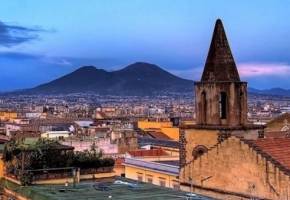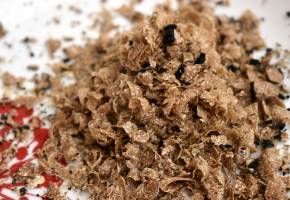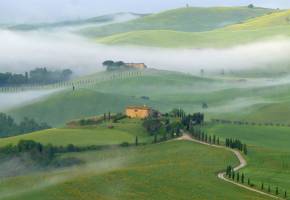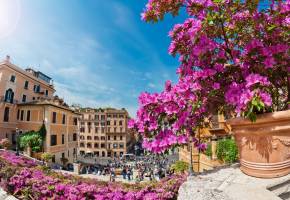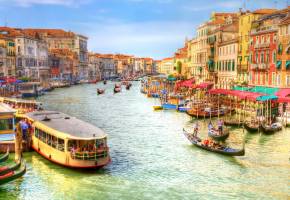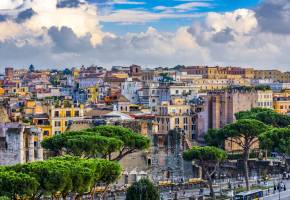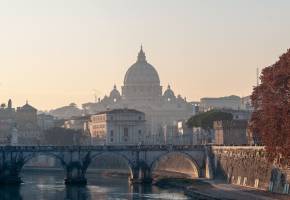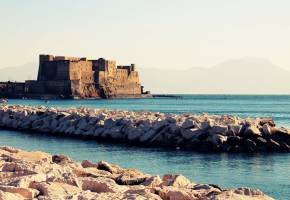Cilento Discovery
Characterised by its coastal, craggy, sun-bleached, rustic towns, the Cilento National Park is a unique alternative to the Amalfi Coast, where tourists flood each year. Located in the southern Italian region of Campania, this sun-drenched oasis has an abundance of delicious treats to eat, historical wonders to see and activities to complete.
So, why not cast your eyes over our handy guide to get some top tips on where to head whilst you’re exploring this fascinating area?
What to see?

If you’re more interested in religious history, you may prefer to head over to the UNESCO Certosa di Padula, a grand Carthusian monastery complete with ornate Baroque architecture, a maze of 320 rooms and halls, and the biggest cloister in the world.
Or, if you just fancy a tranquil walk around a few coastal towns and villages, why not check out Acciaroli and Pioppi (both of which have been awarded the Blue Flag award for their water quality) or the charming Castellabate, with its historic castle dating back to 1123.

The Archeological sites of Paestum
What to do?
There are a variety of hiking trails, from exploring the rocky coast of the Mermaids (including the promontory of Licosa, which was named after the mermaid who was swallowed up here because of her love for Ulysses) to trekking up the sacred Mount Gelbison with the Basilian sanctuary on its summit, there’s bound to be a hike to delight every traveller and cover ever interest.
There’s even an opportunity to explore the dark, otherworldly caves of Bussento and St. Michael, the latter of which is a breath-taking, well preserved rupestrian (carved out of stone) church!
You can also explore the beauty of Cilento by boat, so why not swap your land legs for an oar and set out to sea on a canoeing or kayaking expedition? For example, this kayaking tour will take you along the entire Cilento coast, allowing you to observe the quaint medieval villages, towns and ruins of the National Park from an entirely different perspective.
Where to swim?
Palinuro gets quite busy in August when many Italian holidaymakers flock to the crystal-clear waters of this coastal town, however, you’ll see why it’s so popular when you visit yourself! The town’s main beach is Spiaggia Palinuro, or, if you prefer to swim more peacefully, you can also head to the quieter stretch of sand near Palinuro’s harbour, where you can hire kayaks and arrange boat trips.

Palinuro, beach
What to eat?
After all, it is the birthplace of the Mediterranean diet, a diet developed by American scientist and author Ancel Keys. Keys had observed the low level of coronary disease amongst the inhabitants of Crete despite the number of fats and oils they consumed and began to research and develop his very special diet plan when he relocated to Cilento.
The diet comprised of ingredients such as extra-virgin olive oil, pasta, bread made with different kinds of flour, tomatoes, olives and vegetables, and delicious dishes including eggplant with sheep’s-milk cheese, peppers stuffed with breadcrumbs, leafy greens cooked with potatoes, and fried zucchini blossoms, which can all still be found in trattorias and homes across the area of Cilento today. Who said you couldn’t be healthy on holiday?
We particularly recommend trying some of the area’s local delicacies, such as Cilento’s famous buffalo mozzarella and ricotta, which are perfect on top of a pizza or even on their own! You can even go and meet the beautiful buffalo and witness the cheese being made at authentic buffalo farms such as Tenuta Vannulo and Barlotti Caseficio! And don’t forget to stick around for a tasting.
If you would prefer a dish with fish, why not head over to the hilltop coastal town of Pisciotta, which boasts several restaurants (such as Perbacco and Angiolina, an old railway worker’s canteen dating back to 1958) that serve up the town’s renowned sumptuous salty anchovies caught by local fishermen in the nearby bay. Dried white figs are another speciality of Cilento, which can be bought as an ideal holiday gift to take back home at Santo Miele farm (where you can also spend the night!)
To top it all off, you can’t visit Cilento without trying some of the local wine. Why not see how the vibrant Vini are made with a fascinating winery tour and tantalizing taste testing at a local vineyard. Or even just ask for some advice on picking a typical Cilento in any restaurant or trattoria you come across! Red lovers should sample a Cilento Rosso, made mainly from the region’s flagship.

Tenuta Vannulo and Barlotti Caseficio

